So I have my graphs (below) with various MOSFET characteristics. I don't know device dimensions or geometry, therefore I can't solve for the 2 directly with an equation. Otherwise I would just do that.
That being said, any ideas on how to solve for transconductance and the conduction parameter based on my graphs?
